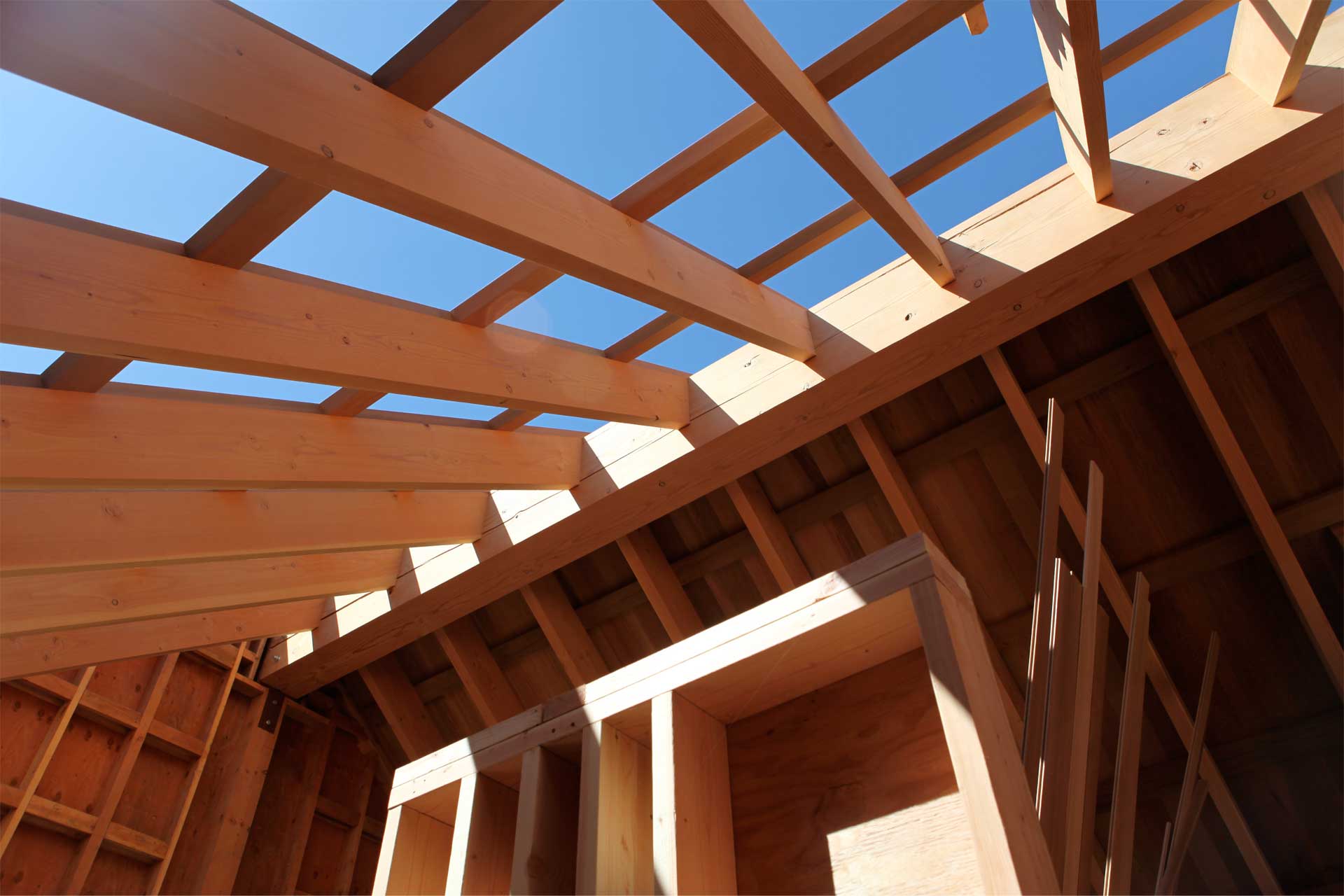Error message
- Deprecated function: The each() function is deprecated. This message will be suppressed on further calls in _menu_load_objects() (line 569 of /home3/lyates/public_html/includes/menu.inc).
- Deprecated function: implode(): Passing glue string after array is deprecated. Swap the parameters in drupal_get_feeds() (line 394 of /home3/lyates/public_html/includes/common.inc).
INTEGRATED PROCESS
- DESIGN & DELIVERY TEAM COLLABORATING FROM START
- MODERN BARN AESTHETICS
- OWNER'S LIFESTYLE
- OWNER'S GREEN GOALS
- SUSTAINABILITY EXPERTISE
- CONSTRUCTABILITY
- MATERIAL PERFORMANCE
- BUDGET
- Priorities to be integrated throughout design and construction:
- Guiding themes principles established by the owners
- Modern barn aesthetics
- Owners’ lifestyle
- Owners’ green goals
- Constructability
- Material performance
- Budget
- The entire project operated on the principles of Integrated Delivery including:
- Early collaboration with specialists during the schematic design stage.
- Energy modeling of schematic design prior to design development.
- Multiple design charrettes involving the entire project team, multiple smaller group charrettes to address more specialized aspects of the design as it was being developed, and innumerable conference calls and onsite meetings involving subsets of the team to innovate and optimize solutions to specific design and construction challenges.
- Full budgeting of sustainable design technologies and strategies.
- Early and ongoing participation of general contractor, interior architect/designer, landscape architect, green consultants.
- Use of advanced tools such as day lighting simulation software and a heliodon for sun-angle and shading analyses.
- Optimizing energy usage by engaging vendors during schematic phase to leverage latest technologies and produce super-efficient, high-performance building elements.
- Iterative review of materials sourcing, constructability, and performance specifications by team specialists and vendors.
- Energy modeling was used to optimize energy efficiency and thermal comfort and demonstrates dramatically reduced heating energy
use and no required cooling. The modeling informed design decisions including:
- Building orientation
- Exterior constructions, such as roof and walls.
- Shading systems, such as exterior blinds and overhangs.
- Window sizes, frame/operation modes, and performance properties.
- Mechanical system design, sizing and equipment specification.
- Pool heating and purification strategies.

